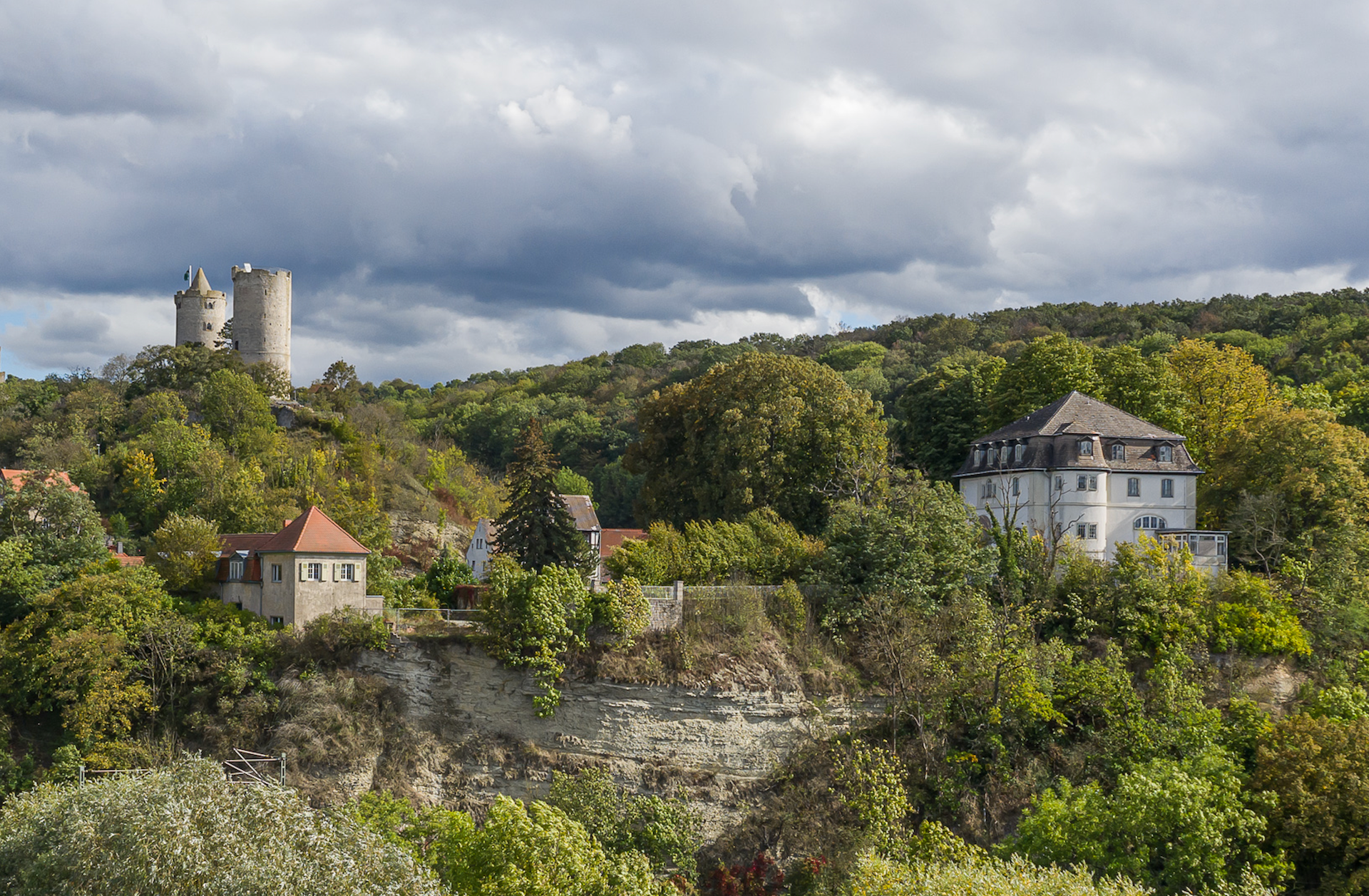Architecture & Urban Design
Higher Learning
An ambitious new foundation in the heart of Germany reclaims a historic site for progressive design thinking
Amid the difficulties of the past year, there have been some definitive bright spots. One such highlight was the quiet yet notable launch of a new design foundation in Saxony-Anhalt near Naumburg, Germany, that aims high through progressive programming, architectural restoration, and adaptive rehabilitation.
Set on a bucolic cliff overlooking the Saale River, the new Design Academy Saaleck, more familiarly called dieDAS, defines its mission as the nurturing of future-facing, socially conscious design thinking. According to founding director Arne Cornelius Wasmuth, “dieDAS was founded to provide designers and creative minds from all over the world with opportunities for development and exchange in an open community,” which will engender the kind of design creation needed to make a real impact on today’s most urgent issues.

dieDAS has planted its flag amid a picturesque, historically fraught site, carefully chosen to address and rectify a dark past. Racist ideologue and architect Paul Schultze-Naumburg built his home along with the Saalecker Werkstätten there at the beginning of the 20th century. By the 1920s, the site regularly hosted the likes of Hitler and other infamous Nazis; these social gatherings and intellectual exchanges articulated the anti-Semitic theories that served as the underpinnings of insidious Nazi propaganda and cultural campaigns.
Wasmuth came across the location a few years ago and was struck by the schism between the beauty of the site and the terrible history to which it actively contributed—a past that “must never be forgotten.” By reclaiming this historical location for progressive design thinking and professional development, the Academy’s founders believe it can serve as “an uncomfortable monument” as well as “a testament to the power of change and community.”

Among other plans, dieDAS will host ongoing workshops along with an annual fellowship for designers and other design-driven creatives. Launched last summer and led by dieDAS artistic director Maurizio Montalti, a recognized pioneer in material culture discourse and collection, the debut fellowship program welcomed young, international talents who pursued on-the-ground research under the theme “Farming Materials’ Ecologies” while enjoying mentorship—most of it virtual—from designers Formafantasma and Omer Arbel, among others.

Under the direction of Danish architect Dorte Mandrup, the dieDAS campus will be restored and expanded beyond the original site over the next five years. Mandrup’s design will keep the site’s history visible while also adding new layers onto existing structures.

According to Mandrup, “Working on the project, it has been very interesting to discuss what happened in the years around 1904 in comparison to the political turbulence and design ideals of today. In this light, I think it is very important to be aware of the seminal moments in our history and to try to act accordingly. To be part of transforming the content of the Saalecker Werkstätten into a place that will be pointing towards an open, diverse, and democratic future, is by all means very meaningful.”

In describing the Academy’s collaboration with Mandrup, Wasmuth says, “The inspiring atmosphere created by [her] thoughtful design approach will definitely promote successful work on innovative and socially relevant processes and visions for our collective future, while keeping the specific uncomfortable history of the Saalecker Werkstätten front of mind.” ◆
The dieDAS property was purchased in 2018 by the Marzona Foundation, with a donation from art collector and philanthropist Egidio Marzona. The project is also supported by the German Federal Government and the State of Saxony-Anhalt.
